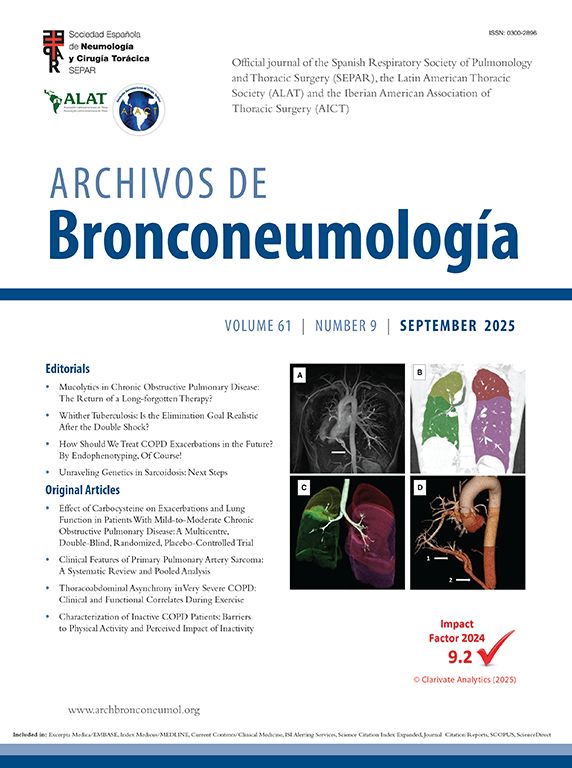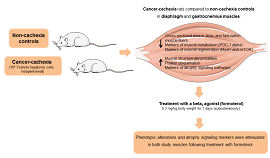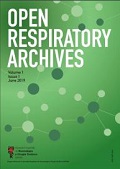A 46-year-old asymptomatic female was referred following incidental detection of a right upper lung mass during routine health screening. Chest CT demonstrated a well-demarcated homogeneous soft-tissue mass (3.6cm×4.8cm) in the right upper lobe's anterior segment, devoid of lobulation or spiculation (Fig. 1A–C). Laboratory parameters remained within normal limits. Thoracoscopic right upper lobectomy was successfully performed. Histopathological examination revealed characteristic nests of uniform round cells exhibiting clear cytoplasm and delicate chromatin, organized around thin-walled vascular channels within focal myxoid stroma (Fig. 1D). Immunohistochemical analysis confirmed SMA(+), Vimentin(+), and CD34(+) vascular staining with Ki-67 proliferation index of 10%, supporting classification as a glomus tumor of uncertain malignant potential. The patient remained disease-free throughout 24-month postoperative surveillance. Pulmonary glomus tumors (PGTs), constituting 0.02% of primary pulmonary neoplasms, demonstrate perivascular glomus cell proliferation.1,2 WHO classification distinguishes benign, borderline, and malignant subtypes. Most lesions are incidentally identified through routine imaging, though nonspecific symptoms including hemoptysis may occur. Complete surgical excision remains definitive treatment, with extended surveillance recommended for borderline cases. This presentation underscores the diagnostic consideration of PGTs for well-defined pulmonary nodules in middle-aged females, particularly when accompanied by hemoptysis despite unremarkable tumor markers. Early surgical intervention, as demonstrated in this case, correlates with favorable long-term outcomes.
(A–C) chest CT revealed a well-circumscribed, homogeneous soft tissue mass (3.6cm×4.8cm) in the anterior segment of the right upper lobe, lacking lobulation or spiculation. (D) The tumor cells were arranged in nests and sheets under microscopy, demonstrating uniform morphology with clear cytoplasm and round nuclei containing finely granular chromatin. The stroma exhibited a delicate vascular network accompanied by focal myxoid degeneration. (HE× 200).
B.L.L. contributed to the acquisition and analysis of data; B.L.L. contributed to drafting the text and preparing the figures.
DeclarationNever used any artificial intelligence tools or technologies to assist in generating the paper.
FundingJiangxi Provincial Administration of Traditional Chinese Medicine, Science and Technology Program [Project No. 2023B0479].
Conflict of InterestThe authors disclose no conflicts.











